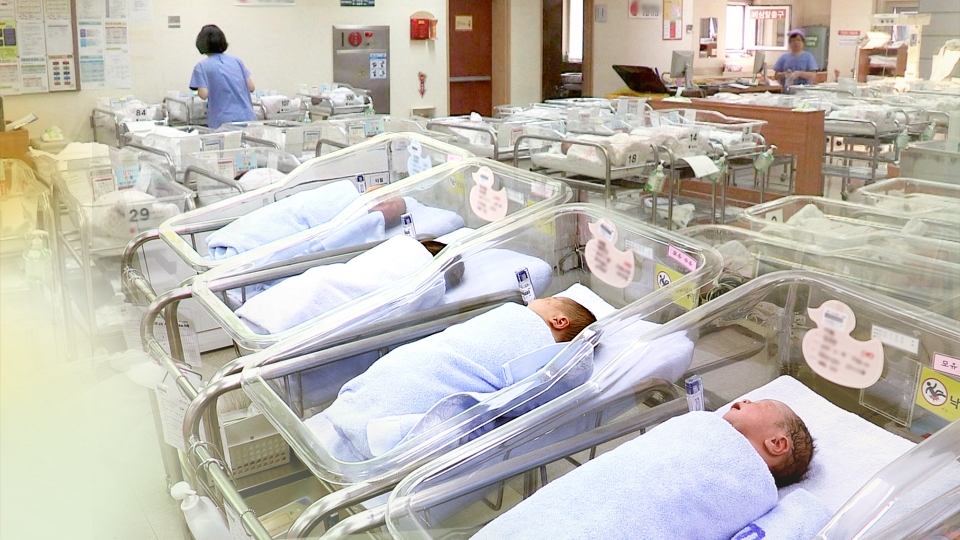Korean vs. American Obstetrics: Key Differences in Maternity Care
Korean vs. American Obstetrics: Key Differences in Maternity Care
Introduction
When it comes to maternity care, the experience can vary significantly depending on the country. South Korea and the United States, both known for their advanced healthcare systems, offer distinct approaches to obstetrics. Whether you’re an expat in South Korea or planning childbirth in the U.S., understanding the differences can help you make informed decisions. In this blog, we’ll explore the key distinctions between Korean and American obstetrics, from prenatal care to delivery and postpartum services.
1. Prenatal Care: Comprehensive in Both Countries
South Korea:
- Frequency of Visits: South Korean maternity care emphasizes regular checkups. Most women visit their obstetrician every 2–4 weeks in the early stages and weekly in the final trimester.
- Ultrasounds: Ultrasounds are performed frequently, sometimes at every visit, as they are relatively affordable and included in prenatal packages.
- Government Support: The Goun Mom Card provides financial assistance for prenatal care, covering up to KRW 1 million (USD 800).
United States:
- Frequency of Visits: Prenatal visits are typically scheduled every 4 weeks in the first two trimesters, every 2 weeks in the third trimester, and weekly closer to delivery.
- Ultrasounds: In the U.S., ultrasounds are limited to 1–2 scans unless medically necessary, as costs are higher and not always fully covered by insurance.
- Insurance Dependency: Prenatal care costs and services vary widely based on insurance coverage.
Key Difference: South Korea offers more frequent ultrasounds and government subsidies, while the U.S. follows a stricter schedule with fewer scans.
2. Delivery: Medical Practices and Preferences
South Korea:
- Natural Birth vs. C-section: C-sections are common and often chosen for convenience or at the doctor’s recommendation. Hospitals prioritize efficiency and quick recovery.
- Pain Management: Epidurals are widely available but must be requested in advance. Pain relief methods like laughing gas are less common.
- Hospital Stay: New mothers typically stay 2–3 days for natural delivery and 4–5 days for a C-section.
United States:
- Natural Birth vs. C-section: Vaginal deliveries are prioritized unless medically necessary. The U.S. encourages low-intervention births unless complications arise.
- Pain Management: Epidurals are standard and widely used during labor. Alternatives like nitrous oxide and unmedicated births are also available.
- Hospital Stay: Shorter stays are common, with 1–2 days for natural delivery and 2–3 days for a C-section.
Key Difference: South Korea often leans toward C-sections for convenience, while the U.S. encourages natural births unless intervention is required.
3. Postpartum Care: Focus on Recovery
South Korea:
- Postpartum Centers: Many mothers opt to stay at postpartum care centers (산후조리원), which provide meals, newborn care, and recovery treatments for 1–2 weeks after birth.
- Diet and Recovery: Korean culture emphasizes specific diets like seaweed soup (miyeok-guk) to aid recovery and boost milk production.
- Follow-up Visits: Postpartum checkups are common, and government programs offer subsidies for early parenting support.
United States:
- Home Recovery: Most mothers recover at home with limited professional support unless they hire private help like doulas or lactation consultants.
- Dietary Focus: There are no culturally standardized postpartum diets, and recovery practices depend on individual preferences.
- Follow-up Visits: A single postpartum checkup is typical, usually 6 weeks after delivery, unless complications arise.
Key Difference: South Korea provides dedicated postpartum centers and dietary care, while the U.S. relies more on at-home recovery and private support.
4. Cost of Maternity Care
South Korea:
- Affordable Costs: With national health insurance and government subsidies, the cost of delivery ranges from KRW 1.5 million–4 million (USD 1,200–3,200), depending on the type of hospital and delivery method.
- Government Support: Programs like the Goun Mom Card reduce financial burdens for prenatal care and delivery.
United States:
- High Costs: Without insurance, delivery costs range from USD 10,000–20,000 or more. With insurance, out-of-pocket expenses still vary widely.
- Insurance Dependency: The cost and quality of care heavily depend on your insurance plan.
Key Difference: South Korea’s maternity care is significantly more affordable, thanks to universal healthcare and government subsidies, while the U.S. system is insurance-dependent and costly.
5. Cultural Differences in Parenting and Childbirth
- Family Involvement: In South Korea, extended families often play an active role in child-rearing, especially during the postpartum period. In the U.S., parents are typically more independent.
- Birth Plans: American mothers often create detailed birth plans, whereas South Korean mothers tend to trust the doctor’s guidance.
- Breastfeeding Support: Both countries encourage breastfeeding, but South Korea provides more hands-on support through postpartum centers.
6. Choosing Between South Korea and the U.S.
Your choice of maternity care system may depend on:
- Location: Expats living in South Korea may benefit from the affordable and comprehensive maternity care system.
- Cultural Preferences: Parents seeking personalized birth plans and alternative birthing options may prefer the U.S.
- Budget: South Korea is ideal for those seeking high-quality care at a lower cost.
Conclusion
Both South Korea and the United States offer excellent maternity care but differ significantly in cost, practices, and cultural approaches. South Korea excels in affordability, frequent checkups, and postpartum care, while the U.S. offers more personalized options and advanced pain management. Understanding these differences can help you choose the right environment for your maternity journey.
Call to Action
Are you planning childbirth in South Korea or the U.S.? Share your thoughts or experiences in the comments below! For more insights into maternity care and parenting, follow this blog.




Comments